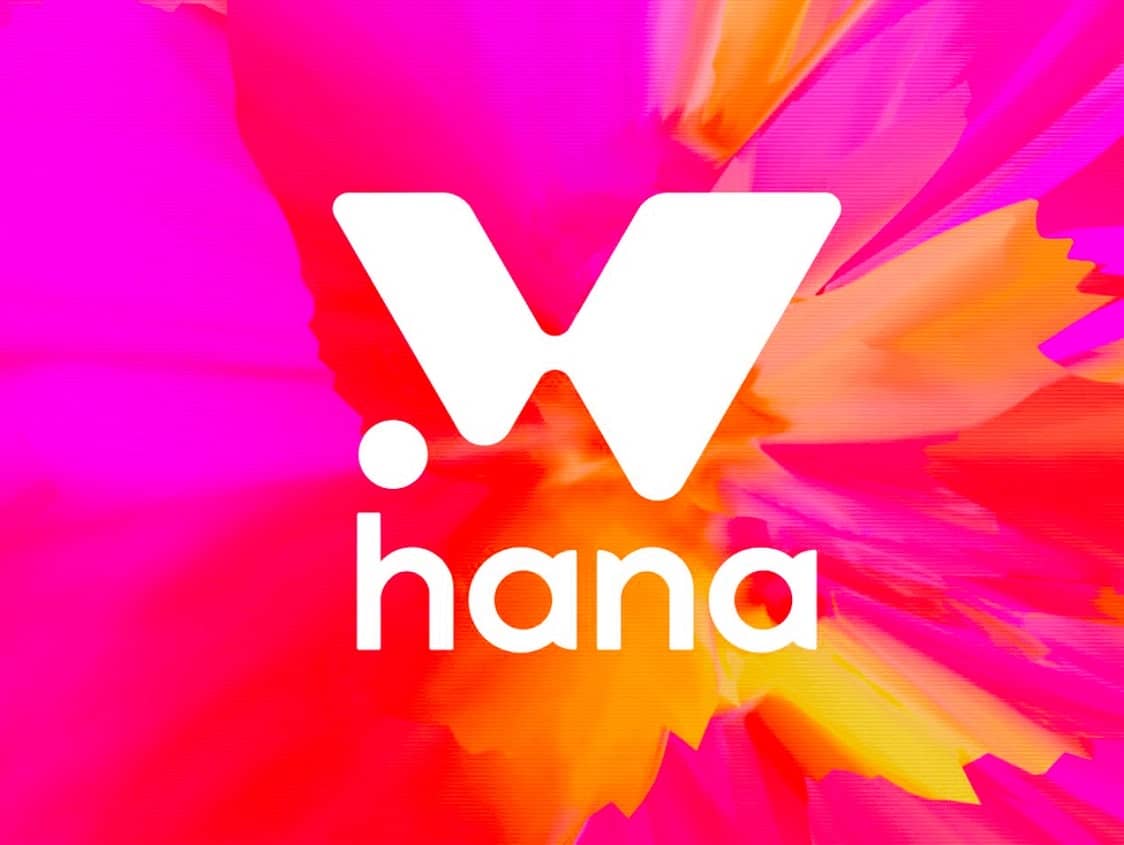Subscribe to wiki
Share wiki
Bookmark
Hana Network
Hana Network
Hana Network is a decentralized privacy layer linking Ethereum and Bitcoin. It also features a consumer app with restaking, connecting to Eigenlayer and Babylon Chain.[1][2][3]
Overview
Founded in 2022 by Kohei Hanasaka, Hana Network aims to simplify blockchain interactions by addressing the gap between complex underlying protocols and everyday user needs. It utilizes chain abstraction to remove the complexities of interacting with different blockchains, intending to provide a unified experience across Bitcoin, EVM chains, heterogeneous L2 solutions, and other protocols. This allows users to interact seamlessly without switching networks or dealing with complicated interfaces. The network's EVM compatibility is designed to enable developers to use existing tools and applications, facilitating the expansion of any EVM application to Hana Network.
Hana Network aims to develop user-friendly applications for those new to the cryptocurrency space. These applications, featuring permissionless onboarding, are intended to simplify experiences in social finance, gaming finance, payments, and real-world services.[1][2][3][7][8][9]
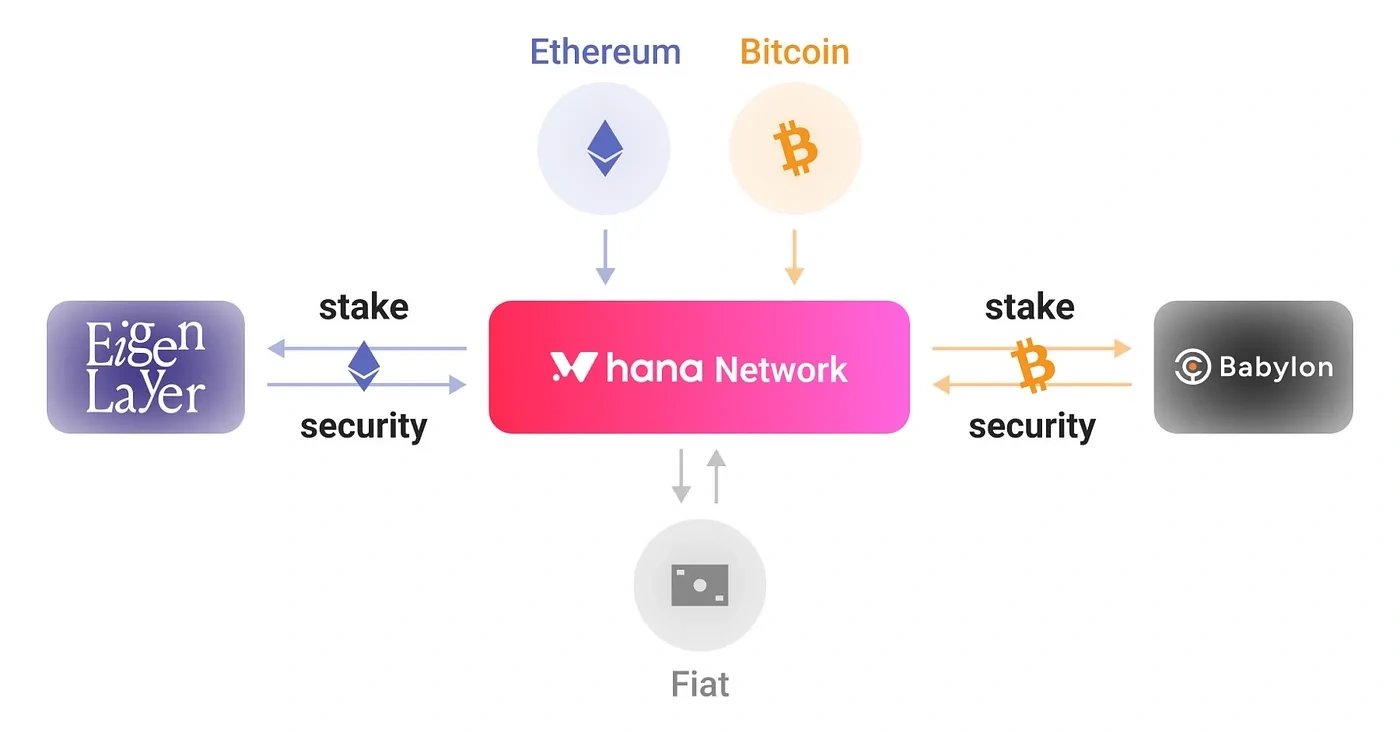
Architecture
Hana Network operates as a Proof of Stake (PoS) blockchain utilizing the Cosmos SDK and Tendermint consensus engine. It aims to facilitate connectivity with Ethereum, Bitcoin, and other Layer 1/Layer 2 networks through the incorporation of the Threshold Signature Scheme (TSS). Positioned as a consumer-focused omni-chain protocol, Hana Network integrates both on-chain and off-chain services to foster innovation and enhance user connectivity.
The decentralized gateway layer is designed to remove centralized intermediaries, promoting network trust and transparency. This architecture supports a variety of consumer applications, aiming to be adaptable and scalable within the blockchain ecosystem.[2]
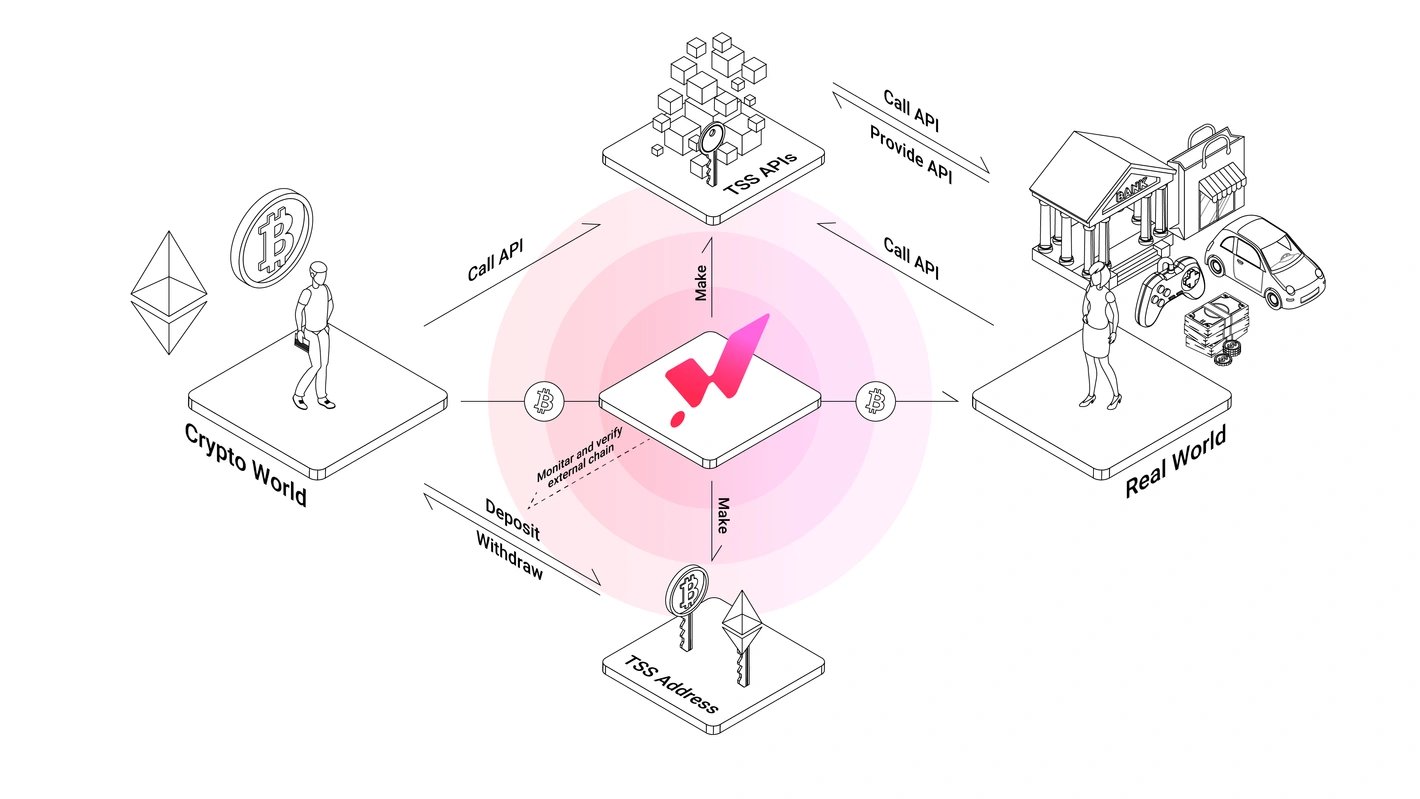
Gateway Function
The Gateway Function within Hana Network aims to act as a secure bridge, facilitating seamless interactions with external chains and enterprise products by simplifying chain-specific operations across different blockchains. Utilizing the Threshold Signature Scheme (TSS), it securely tokenizes assets such as Bitcoin and Ethereum for integration within Hana Network.
The function implements decentralized key management to protect addresses, requiring multi-validator authorization for signatures, thereby enhancing overall security and trust. It supports various asset types on Hana Network, enabling integration with external services to foster blockchain connectivity and facilitate innovative applications.[2]
Node
In Hana Network, nodes serve distinct roles alongside Network Validators responsible for block generation. These roles include TSS Signers, tasked with managing private key sharing for external chain assets and services, and Observers, responsible for monitoring transactions and consensus on external chains. Nodes operate within specific epochs to facilitate block creation and ensure the functionality of the Hana Gateway within the network.[2]
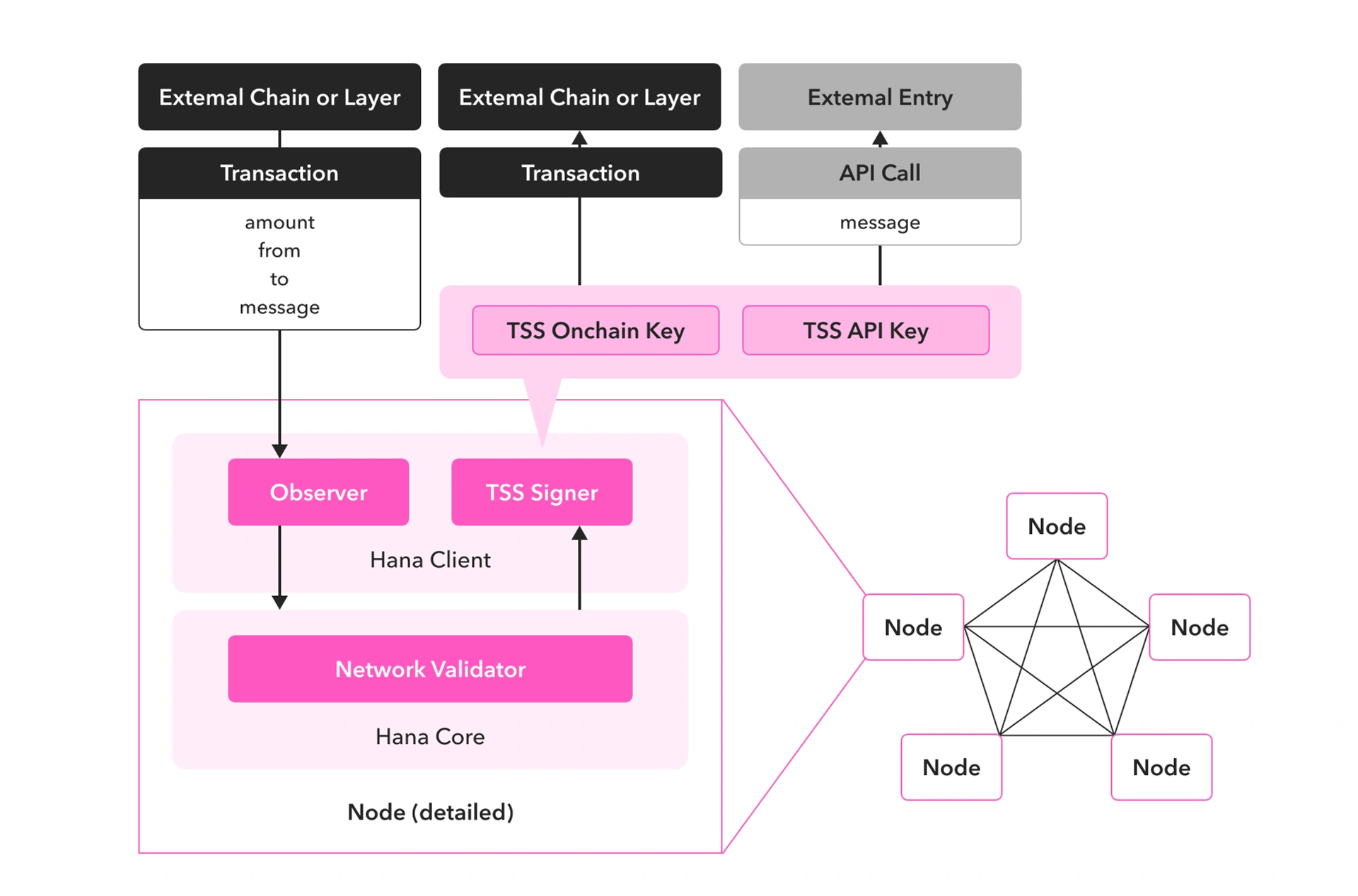
Node as Network Validator
Within Hana Network, Network Validators utilize the Tendermint Consensus BFT (Byzantine Fault Tolerance) algorithm to enhance network security and facilitate consensus for block generation.
Validators are chosen through a Delegated Proof-of-Stake (dPoS) mechanism from a pool of staked nodes, aiming to ensure both efficiency and security. Their role involves validating incoming transactions, propagating legitimate ones, and executing transaction data upon achieving consensus. This process updates the network state and embeds the root hash in subsequent block headers, thereby maintaining the integrity of the blockchain ledger.[2]
Node as Observer
In Hana Network, Observers oversee transactions on external chains connected through the Gateway Function, facilitating secure data flow between Hana Network and other blockchain ecosystems.
They verify user transactions on external chains and coordinate their execution on Hana Network. Observers receive monitoring details from TSS Signers and follow a structured process within network epochs to handle external transactions efficiently, ensuring effective transaction monitoring and processing.[2]
Node as TSS Singer
In Hana Network, TSS Signers are responsible for managing the private keys associated with tokenized assets and services from external chains. Using a threshold signature protocol, they seek consensus from over two-thirds of validators to generate signatures, decentralizing key management to enhance security. Each external chain integrated with Hana Network maintains a distinct TSS address, ensuring operational continuity across epochs.
This approach aims to improve security by distributing key management responsibilities and aims to reduce costs by aggregating user operations to eliminate gas fees on transactions made on external chains. Moreover, it facilitates secure asset management on Hana Network while prioritizing transaction privacy through bastion servers.[2]
Products
Hana Gateway
Hana Gateway aims to simplify access to the blockchain ecosystem by providing a trustless on-off ramp, ensuring users retain full control over their funds without encountering hidden fees or fraud. With a significant user base exceeding 200,000 on its testnet, it strives to offer a secure and intuitive platform that bridges traditional finance and blockchain technology.
The platform combines elements of centralized finance with self-custody, enabling peer-to-peer transactions between fiat and blockchain assets without relying on intermediaries, thereby enhancing user privacy. Key features include the use of zk-SNARK technology for secure, trustless transactions and the implementation of the Threshold Signature Scheme (TSS) to facilitate secure asset transfers across different blockchains, including Bitcoin. Integrated with Hana Network, Hana Gateway aims to enhance privacy and transactional efficiency across its ecosystem.[2][4]
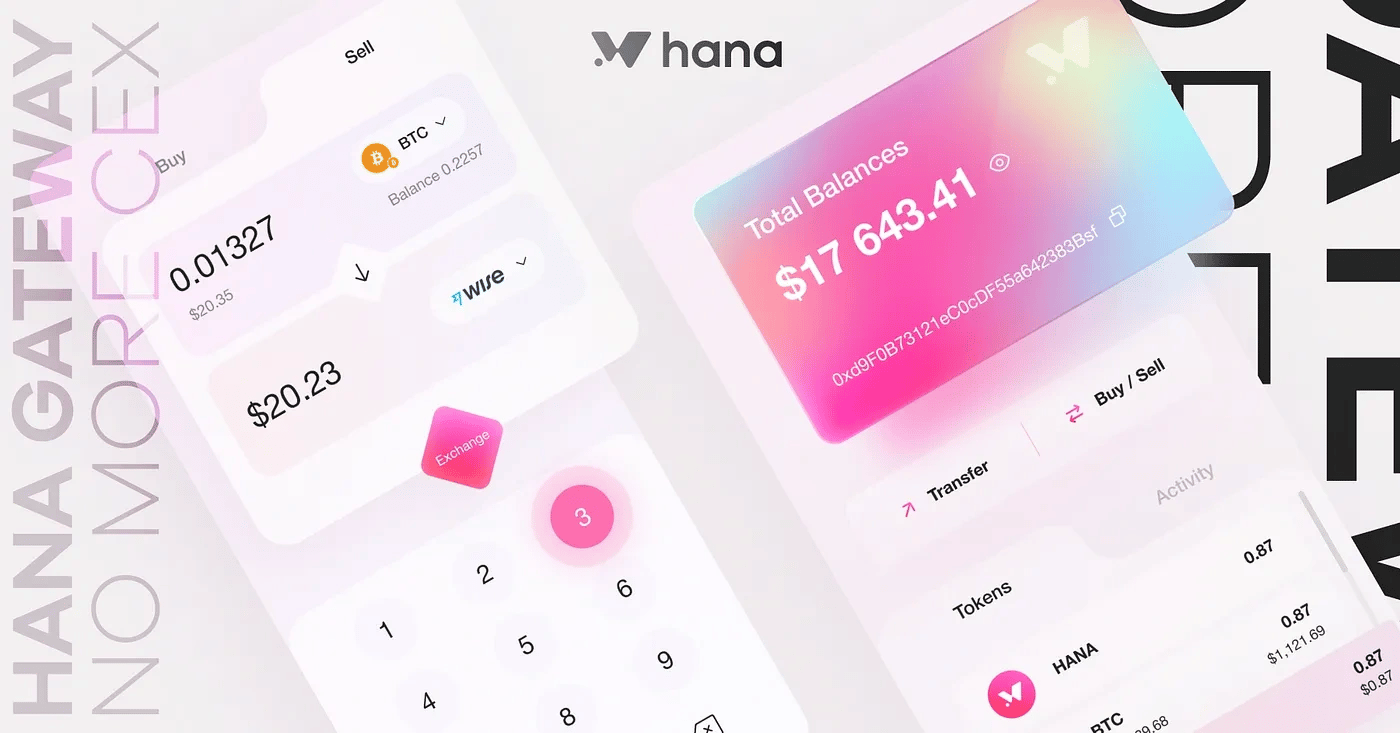
Restaking ecosystem
Hana Network collaborates with Eigenlayer and Babylon on the Multi-chain Restaking Trinity, focusing on improving user-onboarding applications. Functioning as a Proof of Stake (PoS) blockchain utilizing the Cosmos SDK and Tendermint consensus, Hana Network integrates features like a Privacy pool and Threshold Signature Scheme (TSS) for Ethereum, Bitcoin, and other Layer 1/Layer 2 solutions. The platform’s trustless on-off ramp has attracted approximately 200,000 users.
Users participate by staking ETH and BTC on Hana Network, which are then allocated to Eigenlayer and Babylon. This includes options for indirect staking through LRTs and LSTs. Hana Network enhances security using Ethos and Inter-Blockchain Communication (IBC), aiming to strengthen asset security, expand the privacy pool, and increase rewards across Hana Network, Eigenlayer, and Babylon. The collaboration aims to streamline Fiat-to-Staking processes while emphasizing user privacy and transaction security.[5][6]

Use Cases
Hana Network features several practical applications:
- Trustless On-Off Ramp: Hana Network aims to provide a secure method for users to enter and exit the blockchain ecosystem with complete control over their funds, free from hidden fees, fraud, or permission requirements.
- Community Engagement: The Hana Gateway testnet has attracted a significant user base of over 200,000 individuals, indicating a strong interest in a straightforward connection between traditional finance and blockchain technology.
- CeFi-like Experience with Self-Custody: Hana Network aims to offer a user experience similar to centralized platforms while ensuring users maintain full control over their assets.
- Interoperability and Privacy: The platform facilitates direct transactions between fiat and blockchain assets, prioritizing user privacy and operational efficiency without relying on intermediaries.
- Restaking Trinity: Hana Network collaborates with EigenLayer and Babylon to allow users to restake assets from various blockchains, emphasizing enhanced privacy, security, and potential rewards.
- Enhanced Security and Privacy Pool: Through partnerships with EigenLayer and Babylon, Hana Network seeks to bolster asset security and contribute to larger privacy pools within the ecosystem.
- Improved On-Off Ramp Liquidity: The platform aims to enhance liquidity for seamless transitions between fiat and cryptocurrency assets, improving overall transaction efficiency.
- Supercharged Rewards: By participating in staking activities on Hana Network, EigenLayer, and Babylon, users may receive rewards, thereby supporting ecosystem growth and increasing Total Value Locked (TVL).[10]
Hanami
Hana Network's "Hanami" program recognizes active community members who contribute to facilitating blockchain adoption. Inspired by the Japanese tradition of "Flower Viewing," Hanami symbolizes community growth and support, akin to observing a blooming flower. Participants engage on platforms like Discord, assisting and educating others about Hana Network.
They create educational content to raise awareness and share it within the community for feedback. Regular participation is crucial to maintain the Hanami role, offering benefits such as early access to upcoming product tests. The program aims to gradually expand to include more community members, highlighting Hana Network's commitment to fostering an inclusive and community-driven environment.[11]
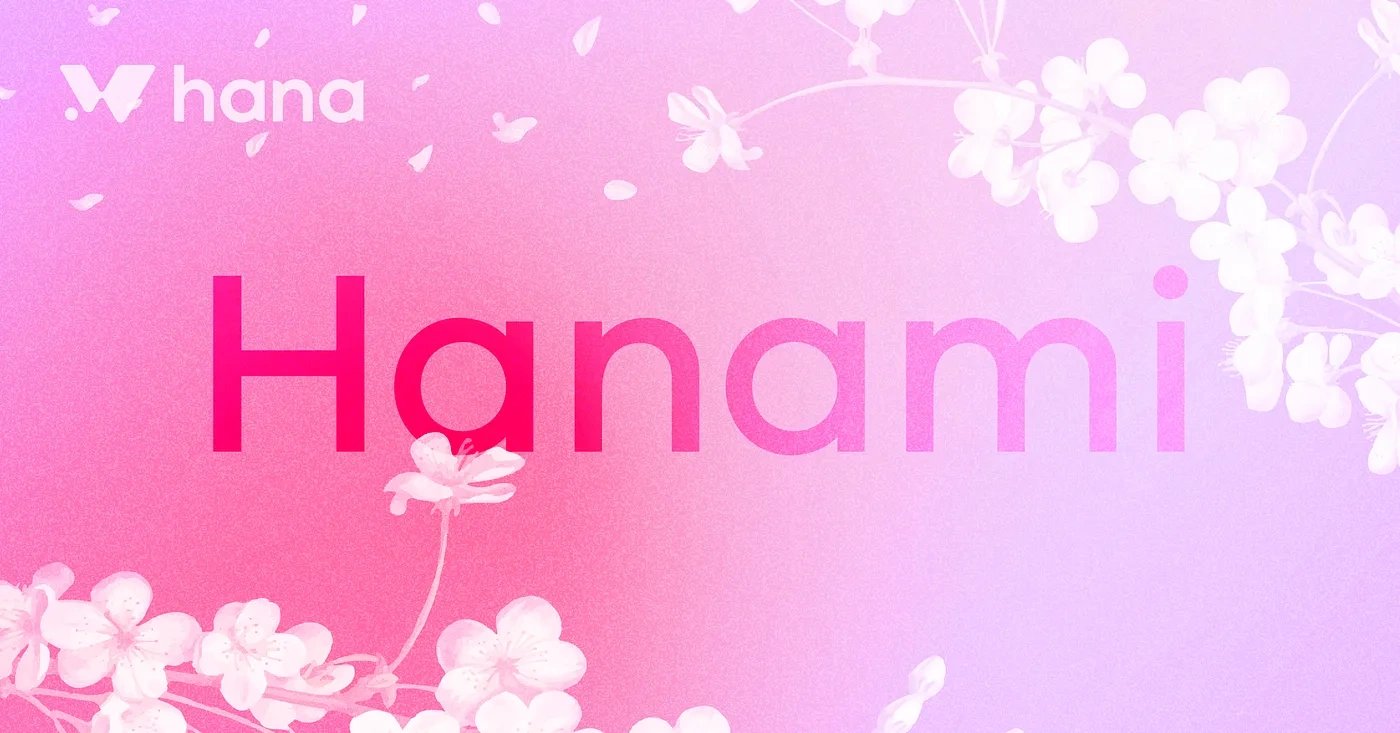
See something wrong?
